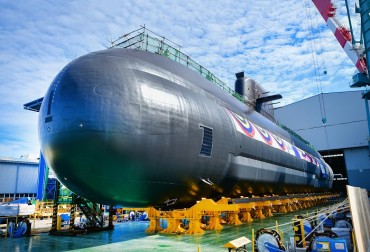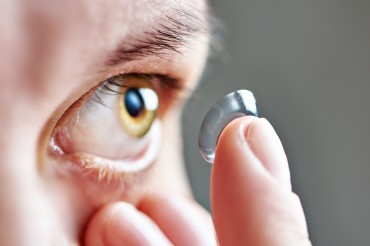
Fatal automobile accident occurred in Busan where the driver is presumed to have had an epileptic seizure before the collision. (image: Yonhap)
SEOUL, August 2 (Korea Bizwire) – A recent automobile accident in Busan that resulted in three fatalities and a dozen injuries may have been caused by a seizure suffered by a 53-year-old driver named Kim, who had been diagnosed with epilepsy.
Back in mid-May, a tour bus crashed into vehicles at the entrance of Bongpyeong Tunnel on the Yeongdong Expressway, killing four and injuring more than 30 people, and the driver testified that he had fallen asleep just before the accident occurred.
Professor Kim Yong-gook of Sejong University’s Computer Engineering department announced on August 2 that his research team has been developing a ‘Drowsiness Detection System’ (DDS) since 2013 under the auspices of the National Research Foundation of Korea.
Kim’s research team made use of ‘deep learning’ technology similar to that used in AlphaGo for its DDS system, with the system ‘learning’ different environmental factors – the presence of sunlight, rain, and whether the driver is wearing glasses or sunglasses – autonomously.
The DDS detects the driver’s physical conditions based on facial expression and behaviors using artificial intelligence (AI) to prevent automobile accidents. An AI camera detects the movement of the driver, and recognizes that the driver may be falling asleep depending on how frequently he or she blinks or yawns.
If the system determines that the physical condition of the driver falls under the ‘drowsy’ category, the vehicle slows down, a warning signal may go off, and the driver’s seatbelt can be tightened temporarily.
For a large vehicle such as a bus or a truck that could cause big traffic collisions, the DDS may notify the head office of the company operating the vehicle, so that company officials can call the driver to check on their condition and suggest that they rest.
Professor Kim explained that the DDS system is far more advanced than autonomous emergency braking (AEB) systems.
AEB systems, which all new vehicles in the United States must be equipped with since 2015, stop the vehicle if sensors identify that proximity to an adjacent vehicle could lead to an imminent collision.
Due to a number of fatal automobile accidents that happened last month, the industry is leaning toward making the installation of an AEB system mandatory for all vehicles. However, the cost of AEB systems reain high, and the technology has proven to be less effective when a vehicle is traveling at a speed of 100 km/h or faster.
“The DDS system is effective as it constantly monitors the direction that a driver is facing and responds to a situation that is identified as drowsiness,” said Professor Kim.
“The system can be commercialized in two or three years, but manufacturers feel burdened by the cost of adding it to their vehicles. The government should mandate such safety systems for all vehicles to prevent further tragedies.”
By Nonnie Kim (nkim@koreabizwire.com)






